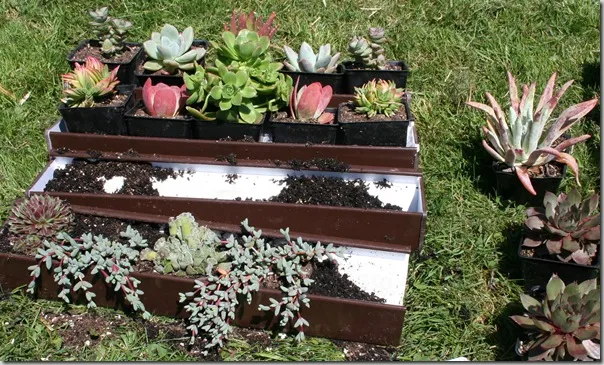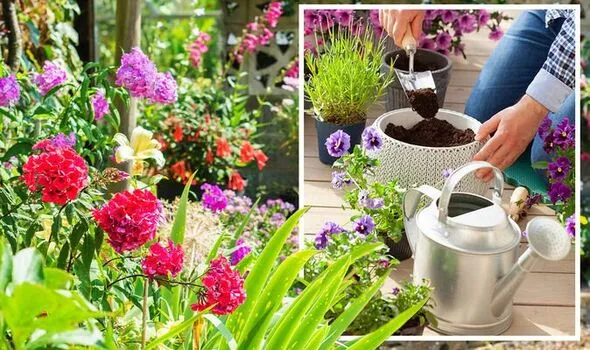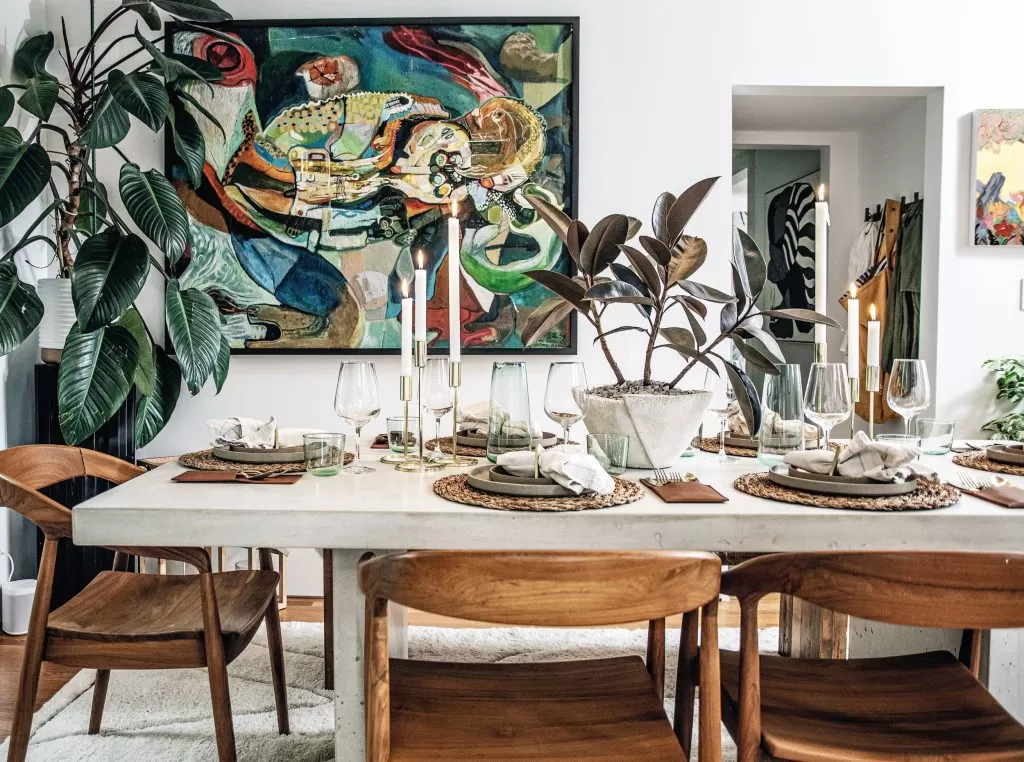- Adds a unique tart, lemony zest to dishes.
- Quick and easy to grow, perfect for small spaces or windowsills.
- Red Veined Sorrel is ideal for microgreens due to its quick growth and attractive color.
- Thrives even in lower light conditions, making it perfect for “shade” spots indoors or out.
- Harvest in just a couple of weeks for fresh, vibrant greens year-round.
Imagine adding a burst of zesty, lemony flavor and a splash of vibrant color to your salads, sandwiches, and soups – all from a plant you grew yourself, even if you don’t have a sunny garden spot! Red Veined Sorrel, with its stunning lime-green leaves and striking deep red veins, isn’t just a beautiful ornamental; it’s a culinary delight. While the mature plant enjoys some sun, one of the most rewarding ways to grow this leafy green is as micro-sorrel in shade. Perfect for windowsills, balconies, or any spot that doesn’t get direct light all day, micro-sorrel offers a quick, easy, and delicious harvest. Let’s dive into how you can cultivate this flavorful gem, even in the shadier corners of your home or garden.
Contents
- What is Red Veined Sorrel?
- Why Grow Micro-Sorrel, Especially in Lower Light?
- Growing Micro-Sorrel in Shade (or Low Light)
- How Micro-Sorrel Differs from Mature Sorrel
- Why Shade/Low Light Works for Micro-Sorrel
- Getting Started: Sowing Micro-Sorrel Seeds
- Care for Micro-Sorrel
- Troubleshooting Micro-Sorrel
- Harvesting Micro-Sorrel
- Using Your Micro-Sorrel Harvest
- Conclusion
What is Red Veined Sorrel?
Red Veined Sorrel, also known by the more dramatic names Bloody Dock or Bloody Sorrel, is a hardy perennial herb celebrated for its distinctive appearance and tangy taste. It belongs to the buckwheat family and stands out from other sorrel types with its prominent red veins that become more intense as the leaves mature. While mature plants form attractive clumps, the focus here is on enjoying its leaves in their youthful, tender microgreen stage.
- Scientific Name: Rumex sanguineus
- Common Name: Red Veined Sorrel, Bloody Dock, Bloody Sorrel
- Zone: Hardy perennial in USDA Zones 4-8 (for mature plants)
- Light: Full sun to partial shade (mature plant); Tolerant of lower light/shade for microgreens
- Humidity: Prefers moderate humidity
- Water: Keep soil consistently moist, but not waterlogged
The mature plant is a reliable addition to garden beds, adding a touch of drama with its foliage. However, the magic of micro-sorrel in shade lies in its adaptability to less-than-ideal light conditions and its incredibly fast turnaround from seed to harvest.
 Red veined sorrel seedlingsRed veined sorrel seedlings sprouting, ready to be grown into vibrant microgreens or larger plants.
Red veined sorrel seedlingsRed veined sorrel seedlings sprouting, ready to be grown into vibrant microgreens or larger plants.
Why Grow Micro-Sorrel, Especially in Lower Light?
Growing plants as microgreens means you’re harvesting them at a very early stage, typically when they’ve developed their first true leaves. This juvenile stage is packed with intense flavor and nutrients. For red veined sorrel, growing it as a microgreen delivers that signature lemony tang in a concentrated burst, plus beautiful color even in tiny form.
The best part? Microgreens, including sorrel, don’t require the intense light that mature plants need to produce flowers or fruit. They are simply focusing on developing initial leaf growth. This makes them perfect candidates for growing in lower light environments – what we’re calling “shade” here. This could be a north-facing windowsill, a spot further back from a window, or even under standard kitchen lights (though supplemental light will speed things up). You don’t need powerful grow lights to get a successful harvest of micro-sorrel.
Growing Micro-Sorrel in Shade (or Low Light)
Cultivating micro-sorrel is one of the easiest and most rewarding gardening projects, especially when space or sunlight is limited.
How Micro-Sorrel Differs from Mature Sorrel
When you grow red veined sorrel as a microgreen, you harvest it when it’s only 1.5 to 3 inches tall, just a couple of weeks after sowing. The leaves are small, incredibly tender, and the flavor is bright and zesty. This is a far cry from the foot-tall clumps of tougher leaves you get from a mature plant. The goal is a quick, fresh harvest of young greens.
Why Shade/Low Light Works for Micro-Sorrel
Unlike mature fruiting or flowering plants that require many hours of direct sun for energy production, microgreens are harvested before they reach that stage. Their energy needs are lower. While more light will result in faster, perhaps sturdier growth, red veined sorrel microgreens will absolutely grow and provide a delicious harvest even in lower light conditions commonly found indoors or in shaded outdoor areas. This is why growing micro-sorrel in shade is not just possible, but practical and popular.
Getting Started: Sowing Micro-Sorrel Seeds
Growing micro-sorrel starts with seeds and a suitable container. You’ll want a shallow tray or container, ideally 1-2 inches deep, with drainage holes.
- Prepare Your Tray: Fill your chosen container with about an inch of a high-quality, fine-textured potting mix or seed starting mix. Gently tamp it down to create a level surface.
- Sow the Seeds: Scatter red veined sorrel seeds somewhat densely across the surface of the soil. For microgreens, you’ll plant them much closer together than you would for mature plants – aim for seeds spaced roughly half an inch apart.
- Cover Lightly: Lightly cover the seeds with a thin layer (about 1/4 inch) of potting mix or vermiculite.
- Water Gently: Water the tray carefully, using a misting bottle or a watering can with a fine rose, ensuring the soil is evenly moist. Avoid creating puddles or washing the seeds away.
- Create Humidity (Optional but Recommended): Cover the tray with a plastic dome or plastic wrap to help maintain humidity, which aids germination.
- Place in Low Light/Shade: Put the tray in its designated “shade” location. This could be your intended windowsill, countertop, or shelf. Consistent temperature is helpful for germination.
- Monitor: Check daily for germination. Once seeds sprout (usually within 7-10 days), remove the plastic cover to allow for air circulation.
 Red veined sorrel microgreens growing in a trayA tray filled with vibrant red veined sorrel microgreens, showing their readiness for harvest in a low-light indoor setting.
Red veined sorrel microgreens growing in a trayA tray filled with vibrant red veined sorrel microgreens, showing their readiness for harvest in a low-light indoor setting.
Care for Micro-Sorrel
Caring for micro-sorrel is simple:
- Watering: Keep the soil consistently moist but not waterlogged. Water gently from the top or use a tray underneath to bottom-water.
- Light: While they tolerate low light, positioning them in the brightest “shade” spot available (like near a window) will encourage faster growth. If growth seems very slow or leggy, consider supplementing with a small grow light for a few hours a day if possible, but it’s not strictly necessary for a harvest.
- Feeding: For microgreens harvested so young, feeding isn’t typically required as they get sufficient nutrients from the seed and the potting mix in their short lifespan.
Troubleshooting Micro-Sorrel
Microgreens are generally easy, but watch out for:
- Damping Off: This is a fungal disease that can occur in overly wet conditions, causing seedlings to collapse at the base. Ensure adequate drainage, avoid overwatering, and provide some air circulation after germination.
- Slow Growth: In very low light, growth will be slower than in bright conditions. This is normal. Be patient; your harvest will still come.
Harvesting Micro-Sorrel
Harvesting is the best part, and it comes quickly! Red veined sorrel microgreens are usually ready to harvest when they are between 1.5 to 3 inches tall, typically about 2-3 weeks after sowing.
To harvest, simply use clean scissors to snip the stems just above the soil line. Harvest the entire tray at once, or practice “cut and come again” by snipping only what you need, potentially allowing for a small second flush of growth, though microgreens are often a one-time harvest crop.
 Harvested red veined sorrel leavesA handful of freshly harvested red veined sorrel leaves, displaying their vibrant green with distinctive red veins.
Harvested red veined sorrel leavesA handful of freshly harvested red veined sorrel leaves, displaying their vibrant green with distinctive red veins.
Using Your Micro-Sorrel Harvest
The vibrant color and tangy flavor of red veined sorrel microgreens make them a fantastic addition to countless dishes:
- Toss them into fresh salads for a lemony kick.
- Layer them onto sandwiches or wraps.
- Use as a colorful and flavorful garnish for soups, omelets, or roasted vegetables.
- Blend a small amount into pesto or sauces for added zest.
Conclusion
Growing micro-sorrel in shade is a simple, quick, and incredibly rewarding way to bring fresh, flavorful greens into your home, regardless of how much sunlight you have. From sowing the tiny seeds to snipping the vibrant, zesty leaves just weeks later, the process is beginner-friendly and yields a delicious result. Add a touch of gourmet flair and homegrown goodness to your meals with this easy-to-grow microgreen.
Have you tried growing microgreens in lower light? Share your experiences in the comments below! Or, explore more easy-to-grow edibles on our website.







































